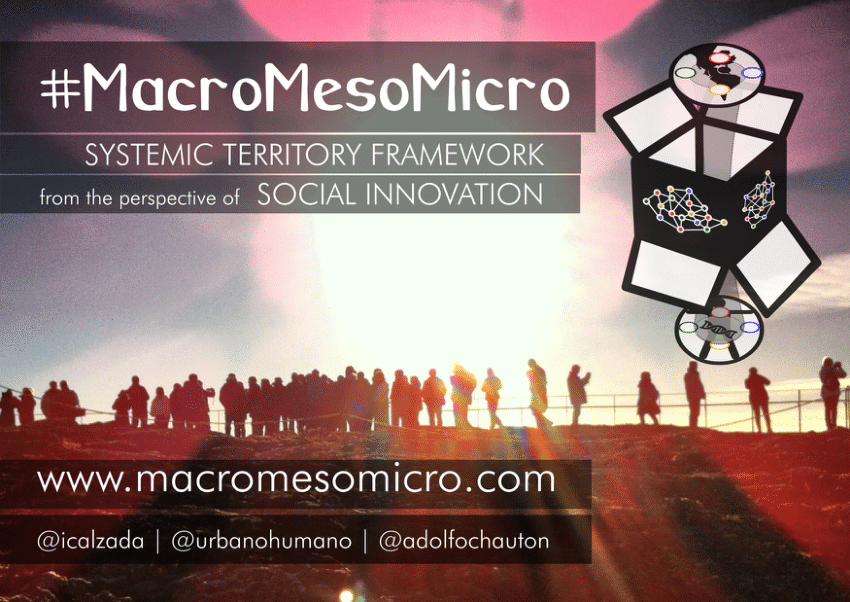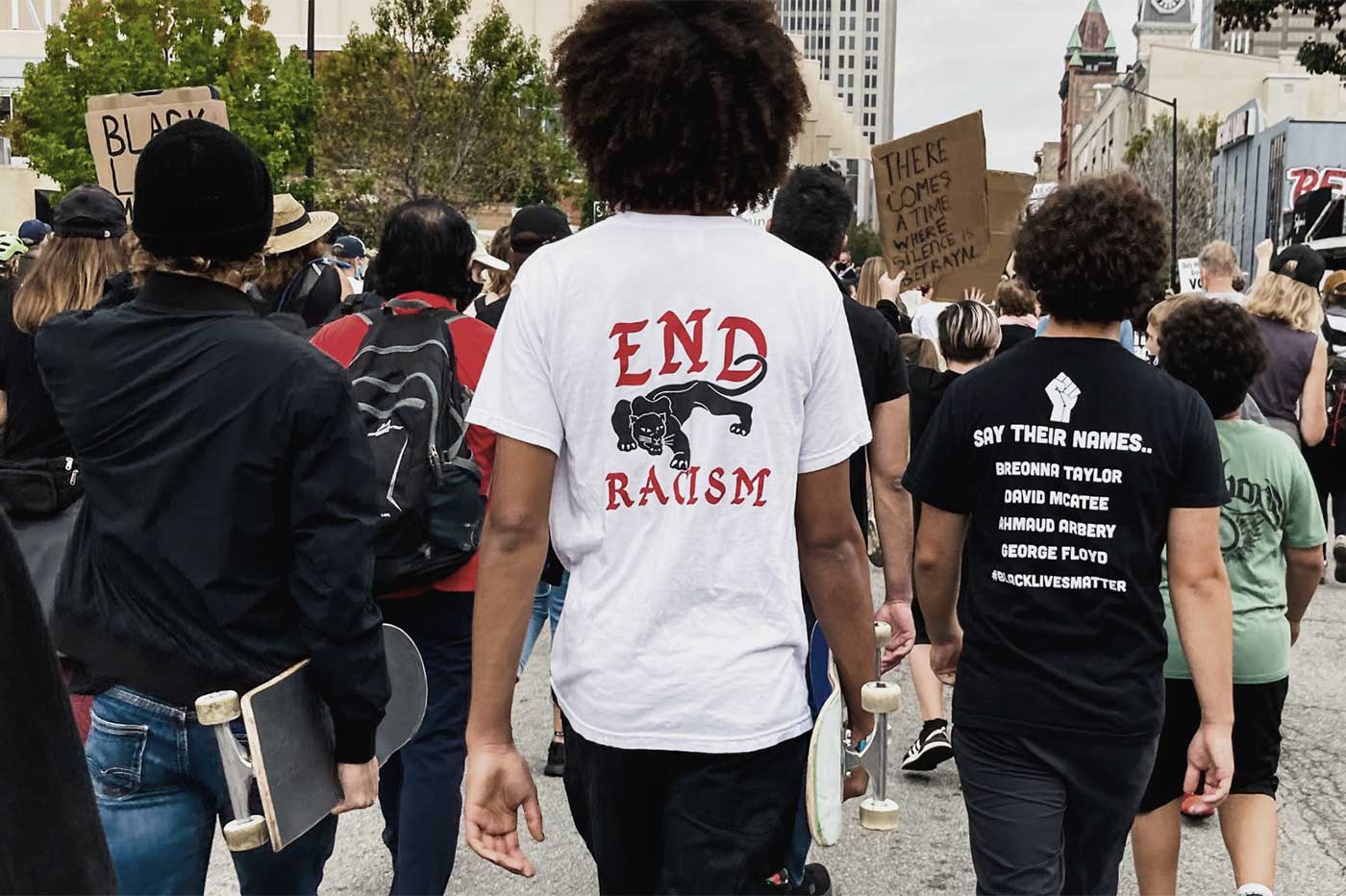Your cart is currently empty!

Bridging the Gaps: Unveiling the Interconnected Realms of Civic Life
Embarking on a Doctoral Journey: The Evolution of My Research in Civic Design
For several years now, I have been immersed in doctoral research. Initially, I focused on physical-digital hybrid practices and their impact on public spaces. Over time, my interest shifted towards collaborative and self-organizational practices emerging from the realm of commons.
Recently, my research took another turn, concentrating on defining what I call the “Civic Realm.” This focus has been developed in collaboration with Adolfo Chautón and Cecilia Ciancio, particularly in the creation of the Civic Design Method.
Initial Elements in Defining the Civic Realm
For now, I perceive the Civic Realm as an Ecosystem of Relationships, Synergies, Infrastructures, Knowledge, and Opportunities that allow us to overcome differences and break barriers in achieving transformation and improved living conditions in our territories.
To refine this definition, I am contemplating the most recognizable realms from everyday life.
The challenge lies in selecting aspects that provide a general description of a realm, balancing simplicity with the complexity of reality.
Focusing on Relational Practices
My interest lies in understanding relational practices from the perspective of habitation and the accompanying power dynamics.
Commonly, three or four realms are referenced. However, these often stem from considerations rooted almost exclusively in Economics and Territorial Governance, such as the Public, Private, Citizenship, and University realms. What often seems lacking is a more human approach, considering factors like emotions and care.
What Defines a Realm?
What elements and characteristics define a realm? Are the realms of Public, Private, Civil Society, Commons, and University sufficient in describing the relational and action spaces of a territory? If not, what is missing? How do these concepts relate to your work, projects, and research?
My approach attempts to focus more on relational forms and power practices related to habitation and territory management.
From this perspective, we can discuss four realms: Domestic, Market, Institutional, and Social.
Domestic Realm: This is where familial and friendly relationships develop our closest and most daily relational practices. High trust and affection prevail here, and we naturally feel empowered. Power resides within us.
Market Realm: Here, professional and economic relationships are governed by rules that condition interactions towards achieving predefined resources or results. This productive realm is where material value is derived from concrete outcomes. Power often resides with someone else in this realm.
Institutional Realm: This realm is about symbols and continuity. Relationships aim to keep symbols alive to maintain the balances that characterize a territory, society, or community. Here, objectives transcend individualities.
Social Realm: This is the relational space devoid of personal interests and affections. Relationships here lack the affection of the Domestic or the defined rules of the Market. It’s where we set aside power, offering the ability to self-organize, free from entrenched power dynamics, through practices and infrastructure of a territory.
Rethinking Relational Dynamics
I find that in each of these realms, exclusive practices often emerge, hindering inclusion, acceptance, or dialogue with other realms.
Your Thoughts on Relational Realms
What are your views on this description of relational realms from a habitation perspective? What would you change? What are the unclear or weak points? How do these concepts relate to your work, projects, and research?
These four realms coexist in our daily lives, yet we tend to differentiate and separate them, struggling to see how a single action, project, or strategy could benefit all four. There’s even a mistrust among them.
Challenges in Connecting Realms
My concern is that social justice, opportunities, infrastructure, and overall culture and quality of life diminish when these realms remain disconnected, hindering progress in resilience and sustainability. I believe the challenges facing our planet require the involvement of all four realms, acting both locally and globally. We often see people, based on their comfort zones, prioritizing one realm over others.
Redefining Commons and Private Realms
The recent rediscovery of the commons highlights the importance of people’s ability to self-organize and improve their environment beyond public and private realms. However, this often comes with a less inclusive trend, placing collective, pro-common actions above private ones in a tacit, and increasingly explicit, value judgment.
Your Views on this Dynamic
Do you see this dynamic as well? How can it be avoided?
Personal, Relational, and Territorial Development
Exploring relational, coexistence, and organizational dynamics among people, without
forgetting their connection to the territory, we can reference three personal development realms: the Self, the Community, and the Whole. The Self refers to Personal aspects; the Community refers to our Families and Communities; the Whole refers to our Society or Territory. This perspective describes our involvement with our living territory as autonomous, interdependent, and ecologically dependent beings.
A Liquid Realm for Resilient Interaction
If we can interact from a ‘liquid’ realm, keeping ‘Community’ as the axis, without forgetting ‘Self’ and ‘Whole,’ we create a context in constant movement, adaptable and resilient. A context where individual knowledge, time, and experiences transform into collective knowledge, creating new imaginations and strengthening social fabric.
Introducing the Civic Realm
With the advent of new technologies, we have opened the door to new relational practices and a collective imagination that synchronizes local and global dimensions – the Glocal dimension.
To articulate the system of relationships, we recognize four realms: Domestic and Market (simplified as Private) and Institutional and Social (simplified as Public).
We are defining the Civic Realm as one encompassing processes, elements, and characteristics from the four realms: Domestic, Market, Social, and Institutional. The Civic Realm emerges not necessarily from the hybridization of other realms but from the actions and will of individuals operating within these realms. In fact, a person can act simultaneously across all these realms.
Balancing Individualism and Collectivism
A common situation in collective territorial actions is overvaluing solidarity, often overlooking personal and domestic dimensions, which are then perceived as selfish. Thus, collective actions are seen as balancing the individualism of the Domestic or Market realms.
Integrating Personal and Social Aspects
We realize the need to incorporate personal and domestic aspects along with social and relational aspects in the same realm. Losing sight of the individual loses the purpose and meaning of our actions and lives.
Economic Dynamics and Collective Practices
A classic issue that the Civic Realm could address involves separating economic dynamics from collective, relational, and solidary practices to prevent potential corruption. This perception has led to the rise of ‘collective professionals,’ creating a divide where collective practices become exclusive to those with sufficient resources or those willing to accept market exploitation.
Understanding and Activating the Civic Realm
The Civic Realm helps us generate an understanding and context for emerging practices where we are capable and aware of the need to connect and synchronize personal, relational, and territorial aspects.
Consider an urban garden or a self-managed plaza as an example of the Civic Realm. Other realms contribute indirectly, like the state (Institutional/Public) by removing the garden from the Market realm but also withdrawing from its management, leaving it to citizens (Social). The Market intervenes indirectly as people free up time for managing this space, securing resources for living in other Market areas. The Domestic realm supports individuals involved in the process, providing necessary care and support.
Your Reflections on the Civic Realm
What are your thoughts on this reflection on the Civic Realm? How would you describe it? What characteristics would it have? How do you think we could activate it? What are the main weaknesses? How do these concepts relate to your work, projects, and research?
Describing the Civic Realm Using a Matrix
To describe the Civic Realm, we use a matrix with two axes: one focusing on the degree of interest from particular to general, and the other on the level of interaction from personal to global.
The intersection of these axes generates the four realms: Domestic, Market, Institutional, and Social. They also create four vectors indicating the most integrated, autonomous, local, and global aspects.
Your Opinion on this Framework
What do you think of this scheme? What would you change? Does it seem comprehensible to you?
Credits: Graphics by Cecilia Ciancio based on the original work of Adolfo Chautón.






Post a comment